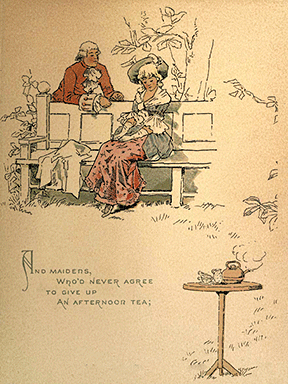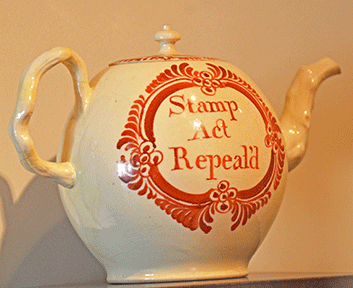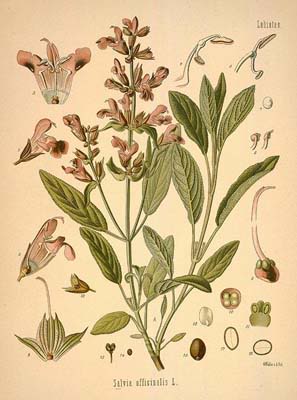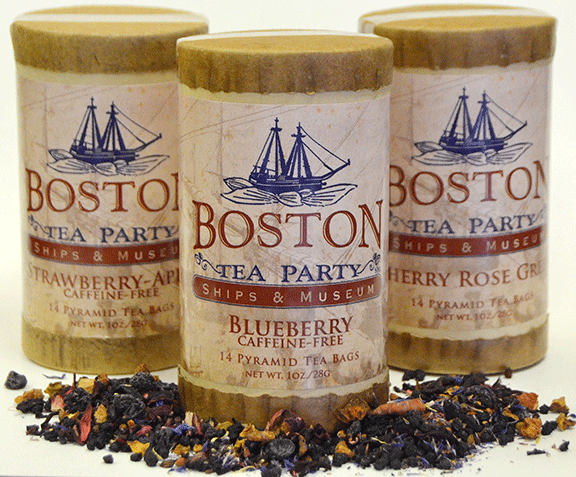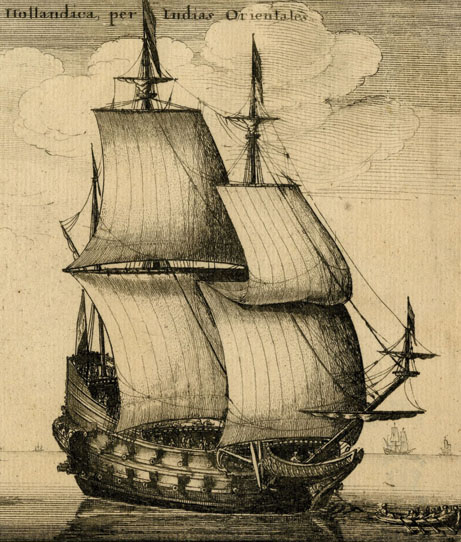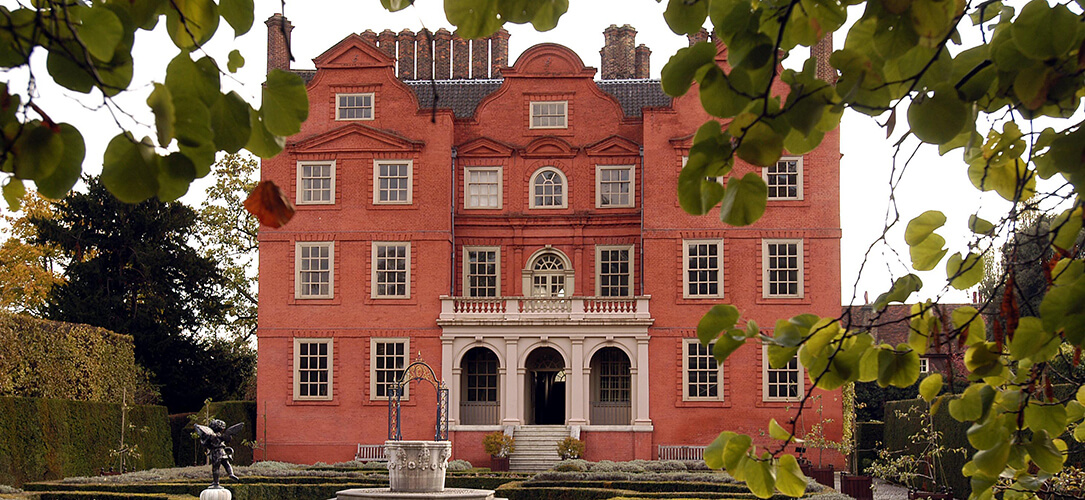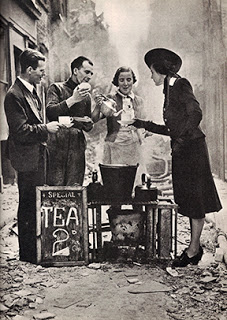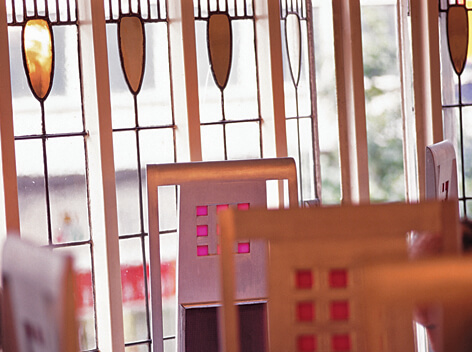Liberty Teas of Colonial Boston
Colonists rejected King George’s tea in favor of local concoctions
As the tea dust rose above the water of Boston Harbor following the 1773 rebellion, colonists faced a minor dilemma. What would they to do to assuage the tea habit that was so ingrained in Boston society?
Colonial ladies still had their tea tables, cups, and equipage, but King George’s tea would no longer be placed in their teapots.
Could anything replace their beloved Chinese tea?
A few turned to “some of the more salutary herbs of their own country” at teatime. One substitute was Labradore tea, also known also as Hyperion tea.
This concoction was steeped from an herb called Red Root Bush, found wild along riverbanks. Native Americans were the first to make this local herb tea, and the first to introduce the colonists to many American herbs, both for medicine and pleasure.
In North Carolina, a substitute for English tea was Yeepann tea, brewed from an herb that thrives in sandy soil throughout the coastal Carolinas. We find evidence of this around the port city of Edenton, site of a less destructive tea party which took place in the fall of 1774.
Red sumac berries, gathered in late summer and fall, and boiled for ten minutes in water, yielded tasty Indian Lemonade Tea. Another homegrown favorite was Raspberry Leaf tea. One patriot declared it “as good as any other tea, and much more wholesome in the end.”
Often those promoting the boycott of English tea did more than emphasize the “wholesome” qualities of native herbal teas. They waged a public relations war. Some reported that English tea was actually poisonous, an “enervating brew,” causing genuine physical ills ranging from stomach trouble to the most “frightful nervous disorders.”
Journalists of the time also perpetuated the nasty rumor that foreign tea bred lice and fleas, and was the unappetizing product of Chinese pagans’ bare and grimy feet, stomping the leaves firmly into tea chests for export.
One New Yorker attacked tea addiction from an economic standpoint, declaring that regular tea consumption cost every tea-drinker a hefty annual sum of seven pounds sterling when you added the costs of the dry tea, sugar, butter, and fuel for the teapot fire.
“Let us abjure the poisonous baneful plant and its odious infusion,” wrote another colonist, “poisonous and odious, I mean, not on account of the physical qualities but on account of the political diseases and death that are connected with every particle of it.”
Colonial women rallied at local parsonages and organized the campaign to ban English tea from every household. They distributed petitions for signatures and circulated anti-tea pledges.
Homemakers also searched their gardens and orchards for suitable herbs and fruits to fill their pots. They called these home brews “Liberty Teas.” Only the adventurous spirit of every colonial housewife who tended a teapot limited her household’s menu of Liberty Teas, steeped in a newly-named Liberty Teapot.
The mint family was popular: spearmint and peppermint, orange bergamot, catnip and pennyroyal. Leaves of raspberry and strawberry, lemon balm, verbena and wintergreen were also favored in colonial times.
From the flower gardens came aromatic and colorful blends of blossoms of linden, elder, red clover, chamomile, violet and goldenrod. Other flavorings came from tree bark such as sassafras and willow, or the seeds of fennel and dill. Fruits included dried strawberries, blueberries or apples, sometimes enhanced with rosehips.
Then there were the old-fashioned herbs from the garden, used for culinary dishes and medicinal cures. These included parsley, thyme, marjoram, rosemary, sage and others. Sweet fern, spicebush and ambrosia contributed to the teakettle as well.
One culinary article from The Boston Gazette, 1768 reads as follows:
“Tea made from a plant or shrub (Ceanothus americanus) grown in Pearsontown about 20 miles from Portland, Maine, was served to a circle of ladies and gentlemen in Newbury Port, who pronounced it nearly, if not quite, its equal in flavor to genuine Bohea [one of three Chinese black teas tossed overboard later in 1773]. So important a discovery claims attention, especially at this crisis. If we have the plant, nothing is wanted but the process of curing it into tea of our own manufacture.”
This native infusion was quite popular during the American Revolution as it replaced the highly-taxed teas of the British East India Company. It had many colloquial names such as New Jersey Tea, Indian Tea, Walpole Tea, and Redroot.
Ironically, this homegrown Liberty Tea was also shipped to England and the rest of Europe as one of America’s earliest exports.
Tax-free, of course!
